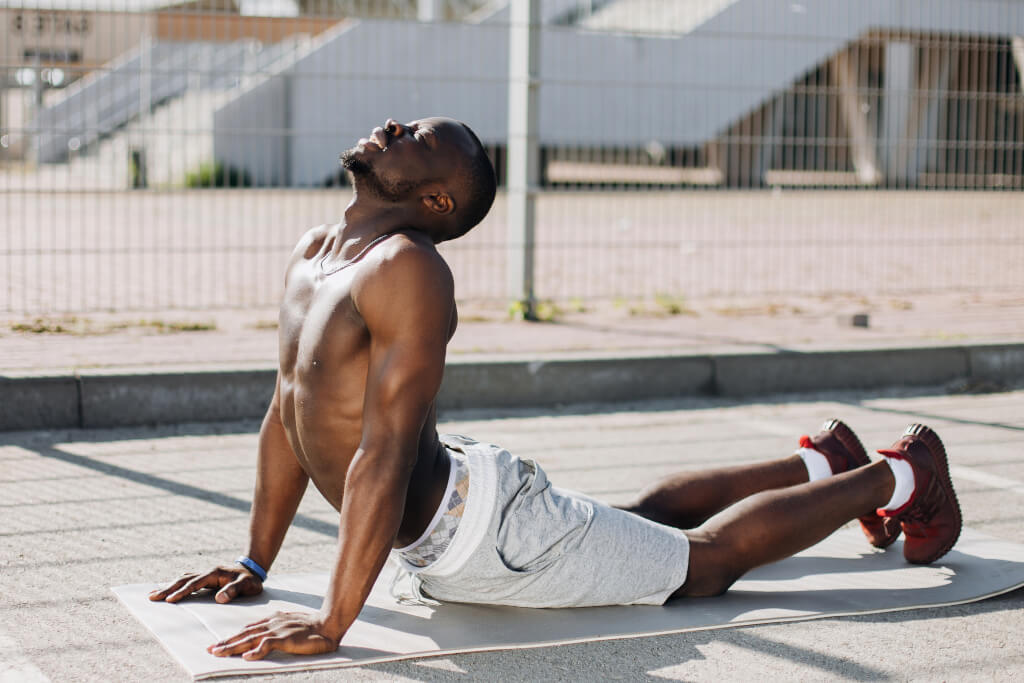Warming up before exercise isn’t just a ritual; it’s a crucial step in ensuring your body is prepared for physical exertion. By gradually increasing your heart rate and body temperature, you set the stage for improved circulation, enhanced oxygen transport, and increased performance during your workout. Let’s delve into the specifics of why this pre-exercise routine is vital for your overall well-being and athletic success.
The Significance of Improved Circulation
The link between warming up and enhanced blood flow is integral to comprehending its impact on your body’s performance. As your heart rate increases, more oxygen and vital nutrients are delivered to your muscles, effectively priming them for the upcoming demands of intense physical activity. Not only does this improved circulation optimize muscle function, but it also sharpens the neural connections responsible for transmitting impulses to your muscles, resulting in heightened performance during your exercise regimen.
Unveiling the Role of Oxygen in Muscle Performance
A deeper exploration of your body’s intricate mechanisms reveals the pivotal role of oxygen in fueling your muscles. Dive into the dynamics of aerobic and anaerobic metabolism, and how warming up influences your body’s ability to efficiently use oxygen. Understanding the nuances of ATP production and the delicate balance between aerobic and anaerobic processes sheds light on how proper warm-up routines can significantly impact your athletic performance and overall endurance.
Elevating Vo2 Max: The Core of Enhanced Performance
Uncover the significance of Vo2 max in deciphering the effects of warming up on your body’s aerobic capacity. Delve into how a well-executed warm-up gradually increases your Vo2 max, allowing your body to maximize oxygen consumption during intense workouts. Learn how this heightened oxygen utilization, coupled with increased blood flow and elevated body temperature, translates into improved endurance, stamina, and overall athletic performance.
The Protective Benefits of Warming Up
Apart from its evident impact on performance, warming up plays a critical role in preventing potential muscle injuries. Discover how a thorough warm-up routine enhances muscle flexibility, elongates tendons, and lubricates joints, significantly reducing the risk of painful muscle strains and tears.
The Controversy of Static Stretching Pre-Workout
The role of static stretching in warming up has been a topic of debate among fitness enthusiasts and experts. Some argue that static stretching before exercise may reduce muscle strength and performance, while others advocate its benefits in improving flexibility and preventing injuries. Exploring the scientific evidence and differing perspectives on the effectiveness of static stretching as part of a warm-up routine presents a compelling area for discussion and further investigation.
The Impact of Mental Warm-Up Techniques
While physical warm-ups are widely acknowledged, the significance of mental preparation before exercise remains a less explored territory. Examining the potential effects of mindfulness techniques, visualization, or positive affirmations as part of a pre-workout routine opens up a thought-provoking discussion on the interconnectedness of mind and body in optimizing athletic performance and overall well-being.
Dynamic Warm-Up Variations Across Sports
The diversity of warm-up practices across different sports disciplines raises intriguing questions about the tailored approaches to dynamic warm-ups. Investigating the specific warm-up routines utilized in various sports, such as soccer, basketball, or swimming, sheds light on the nuanced requirements of each sport and the strategic advantages of sport-specific warm-up protocols for enhancing performance and reducing injury risks.
Short Versus Prolonged Warm-Up Durations
The optimal duration of a warm-up session remains a subject of debate in the fitness community. While some argue for the efficiency of short, targeted warm-up routines, others advocate for longer warm-up periods to maximize muscle readiness and prevent potential injuries. Examining the scientific research and contrasting viewpoints on the ideal warm-up duration offers valuable insights into the balance between time efficiency and physiological preparation.
Cultural Perspectives on Pre-Exercise Rituals
Exploring the cultural nuances of warming up rituals and traditions across different regions and communities uncovers a rich tapestry of practices embedded in history and social customs. Delving into the significance of pre-exercise rituals in various cultures, from traditional dance warm-ups to indigenous ceremonial preparations, highlights the diverse approaches to physical readiness and the profound connection between cultural heritage and physical well-being.
The Benefits of Warming Up
Warming up before a workout offers a myriad of advantages crucial for optimizing your exercise performance and overall well-being. Firstly, it enhances blood circulation, ensuring that your muscles receive an increased supply of oxygen and essential nutrients, thereby improving their readiness for physical exertion.
Additionally, a well-executed warm-up routine contributes to heightened neural activation, resulting in improved muscle responsiveness and coordination during your workout. Moreover, it promotes joint lubrication and muscle flexibility, significantly reducing the risk of strains, sprains, and other potential injuries. Furthermore, warming up primes your cardiovascular system, gradually elevating your heart rate and body temperature, which leads to enhanced overall endurance and stamina during rigorous physical activities.
The Drawbacks of Over-Warming
While warming up is undeniably beneficial, there are potential drawbacks associated with overdoing it or not executing the warm-up properly. One of the primary concerns is the risk of fatigue, especially if the warm-up routine extends beyond the necessary duration or intensity, potentially leading to a decrease in overall workout performance.
Excessive static stretching during warm-up sessions may temporarily reduce muscle strength and power, particularly when performed without complementary dynamic movements. Additionally, inadequate warm-up techniques or rushed warm-up routines may fail to sufficiently prepare the body for intense exercises, thereby increasing the likelihood of muscle strains, sprains, or other exercise-related injuries. It’s important to strike the right balance and avoid over-warming, as it can potentially hinder your workout effectiveness and compromise your physical well-being.
The Psychological Boost of Warming Up
Beyond its physical benefits, warming up can also provide a significant psychological boost, contributing to enhanced focus and mental readiness during your workout. Engaging in a comprehensive warm-up routine can help alleviate exercise-related stress and anxiety, enabling you to approach your workout with a positive mindset and improved motivation.
A well-structured warm-up session can serve as a mental transition, signaling the beginning of your exercise regimen and allowing you to mentally prepare for the physical challenges ahead. By fostering a positive psychological state, warming up effectively enhances your overall exercise experience and promotes a more fulfilling and productive workout session.
Time Efficiency Concerns
One of the key considerations regarding warm-up routines revolves around time efficiency and its potential impact on overall workout duration. While a well-structured warm-up session is crucial for injury prevention and performance optimization, excessively long warm-ups may consume valuable workout time, leaving you with less time to focus on the main exercise routine.
Balancing the duration and intensity of your warm-up with the total workout time is essential to ensure that you maximize the benefits of both warm-up and workout phases. Striking the right balance between an effective warm-up and an efficient workout session is vital for achieving optimal results within your designated exercise timeframe.
Adaptation and Personalization
The effectiveness of a warm-up routine heavily depends on its adaptation to individual fitness levels, exercise goals, and specific workout requirements. Tailoring your warm-up to address your body’s specific needs and focusing on areas that require extra attention can significantly enhance its overall effectiveness.
However, the challenge lies in the need for a personalized warm-up plan that accommodates individual differences in flexibility, muscle strength, and cardiovascular endurance. By understanding and adapting the warm-up to your unique physical capabilities and exercise preferences, you can create a warm-up routine that effectively complements your workout goals and maximizes your overall exercise performance.




